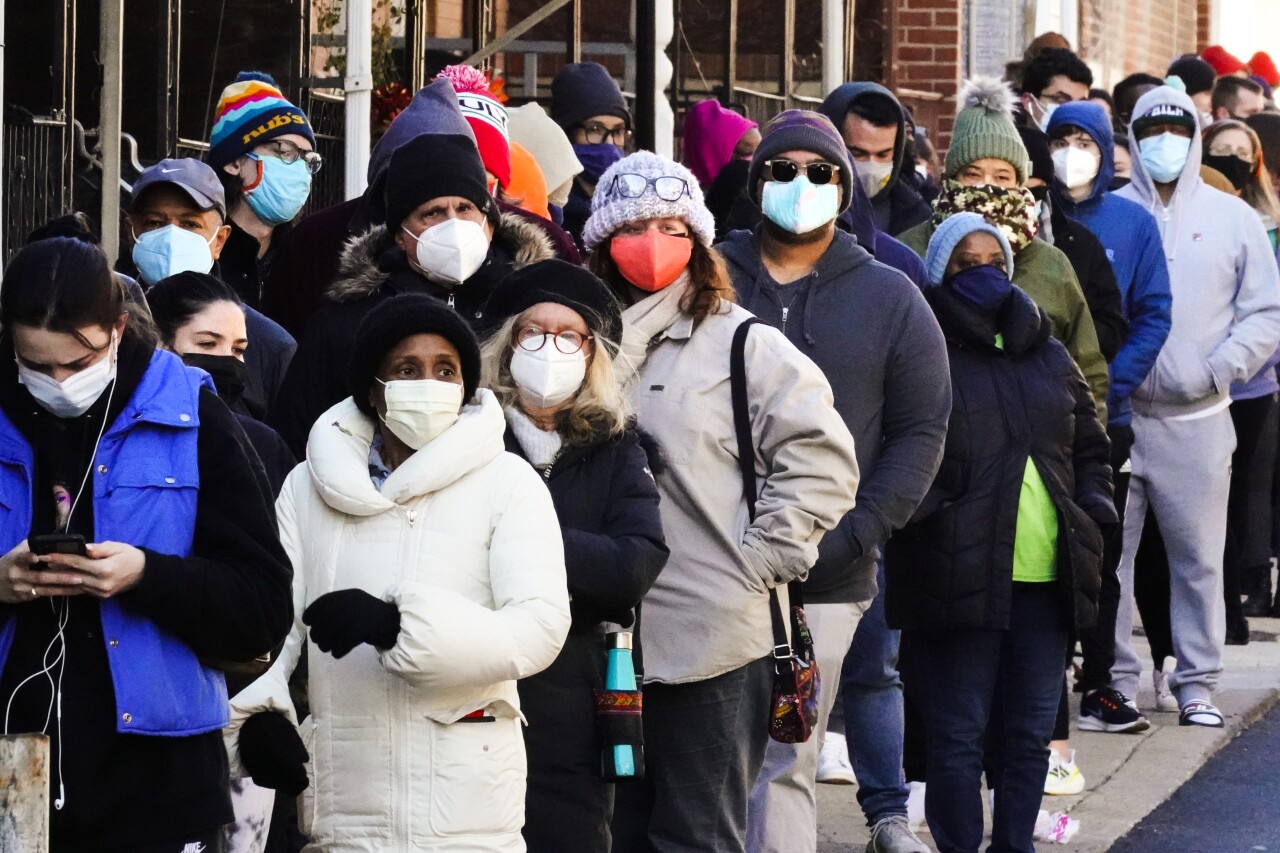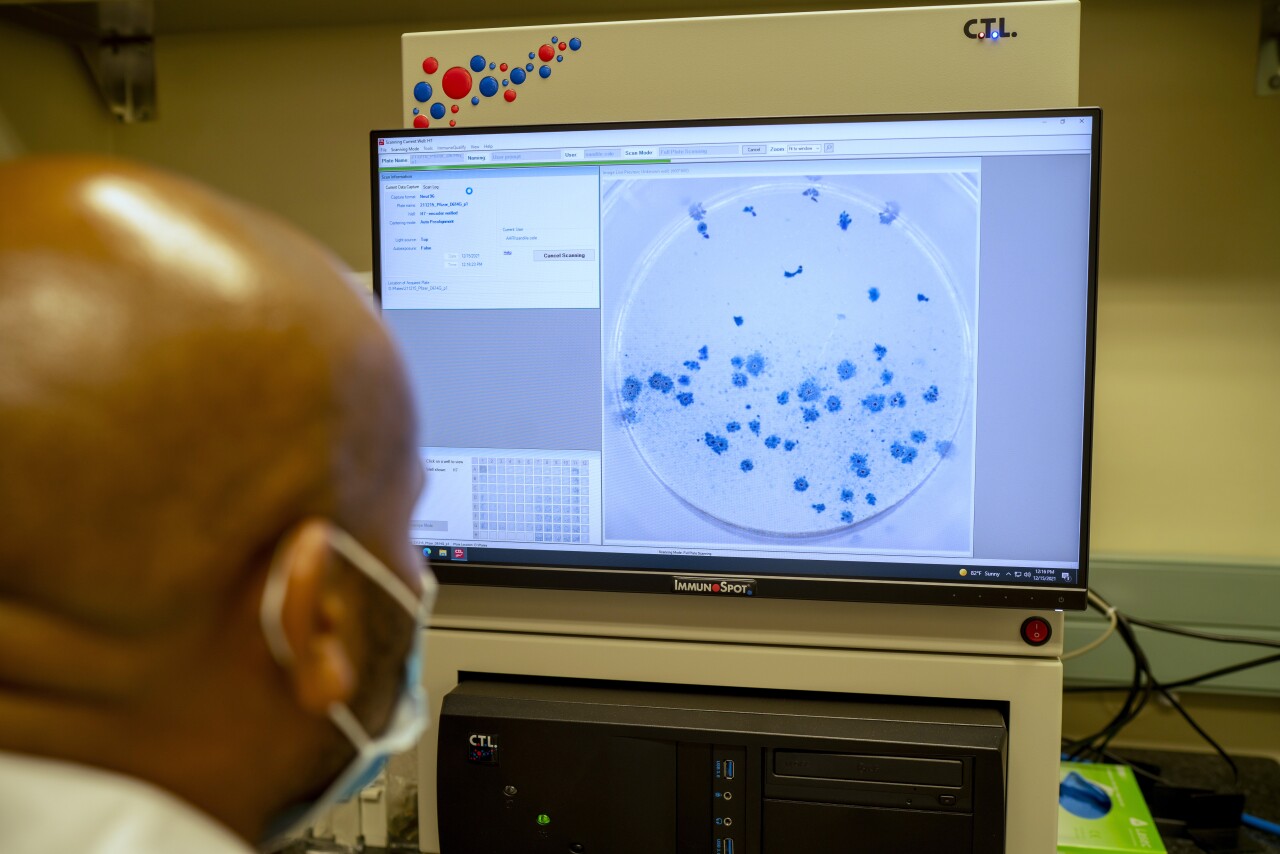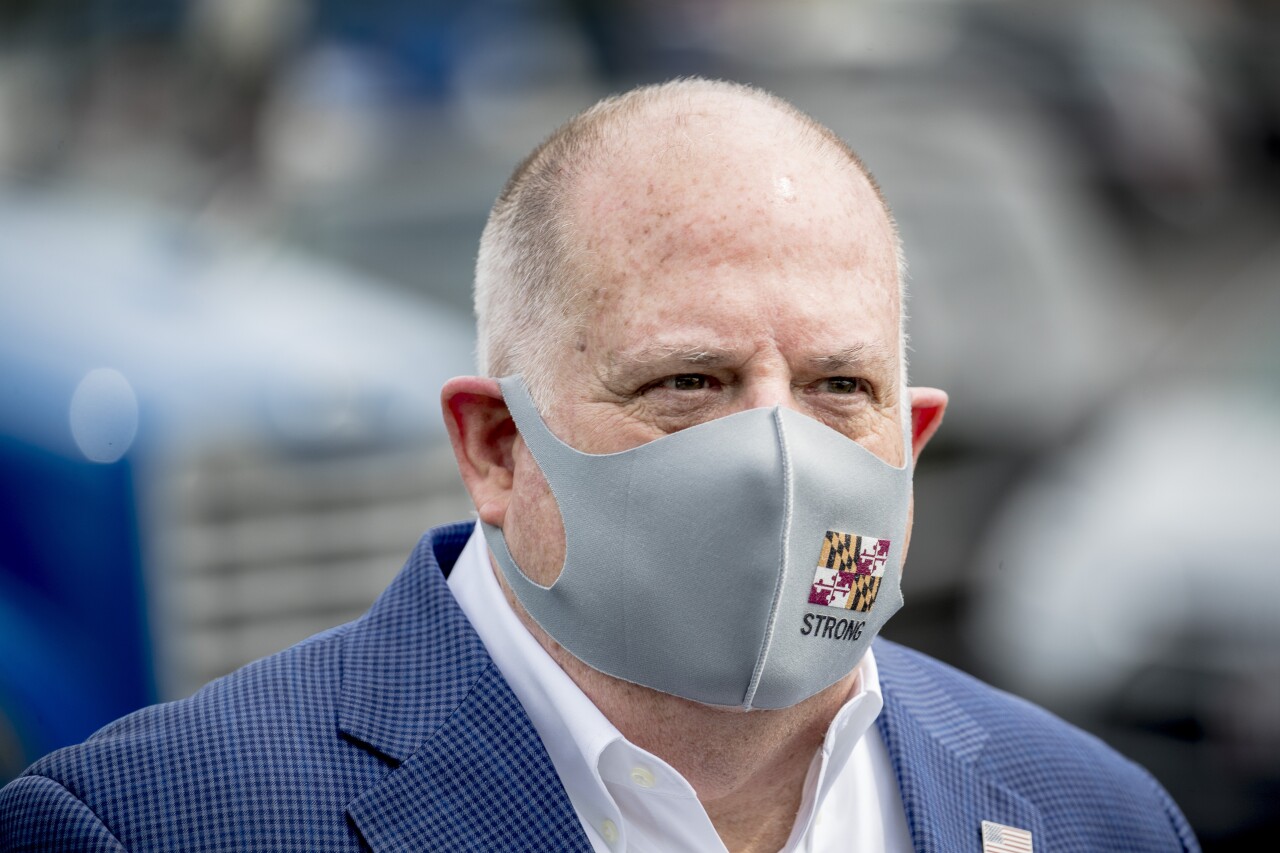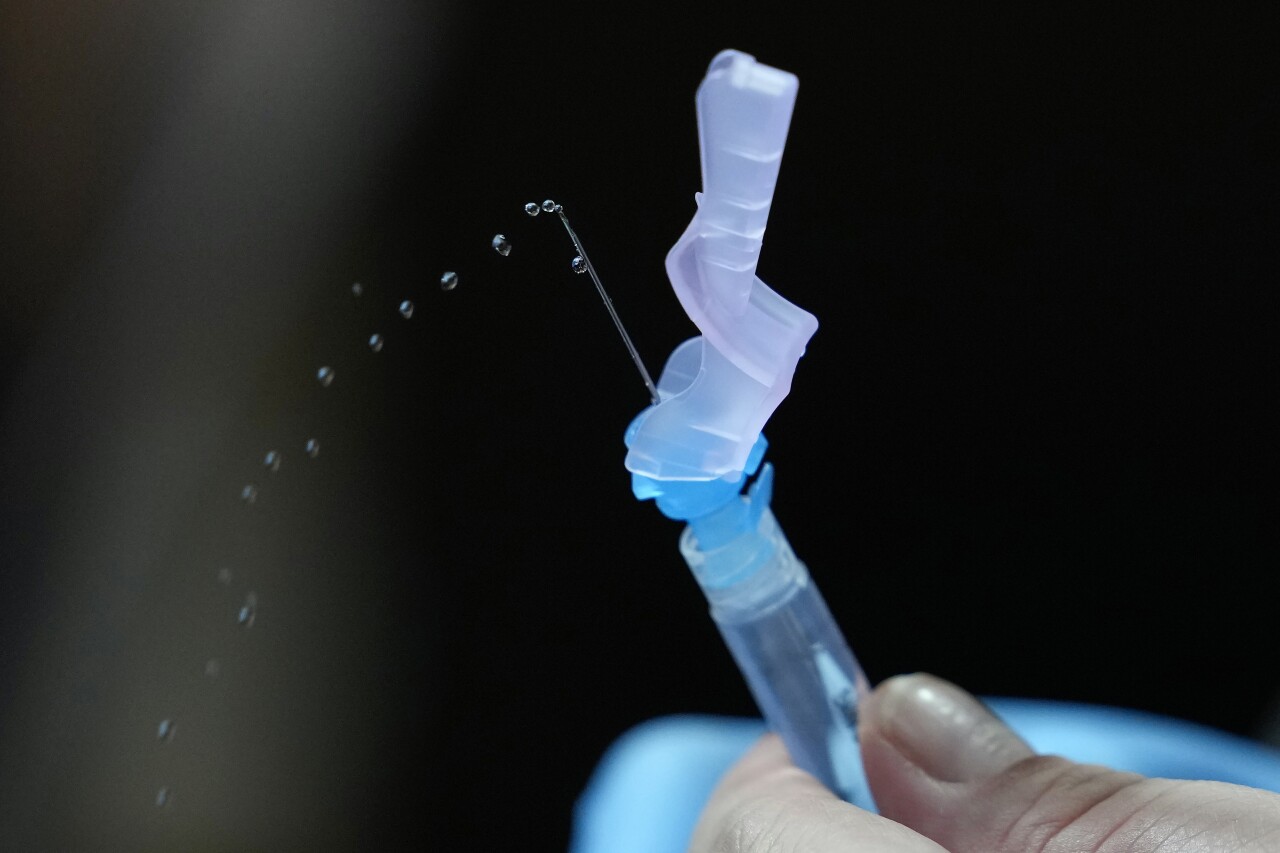BALTIMORE — As Maryland's Department of Health continues to work to get its systems back online, we're taking a look back at how the state handled COVID over the last year.
(The visualization does not include any data past Dec. 4, 2021 due to the cybersecurity incident at MDH.)
We spoke with two people at Johns Hopkins University about the data - and how the two weeks of missing Maryland data, impacts our view of the pandemic.

"We are constantly tracking the COVID data to understand, you know, how many cases are happening, what the severity looks like in terms of hospitalizations and deaths, what hospitalization capacity is at, to really understand how much this pandemic's currently affecting our our populations," says Shaun Truelove, a systems scientist at the Bloomberg School of Public Health.
And as scientists and academics understanding of the pandemic evolves, so do their recommendations to public health officials.

"And it's not just the evolution of the virus," he tells WMAR-2 News. "It's the evolution of our perception of the viurs and our willingness to act."
Beth Blauer, the data lead at the Corronavirus Resource Center, says that she not only uses the data to understand the pandemic for work.
"You know, I look at the data to determine whether my kids are going to play dates, whether we're going to be able to entertain folks that are in our home," she says.
The lack of data for more than two weeks in December really impacted both the individual decisions being made and how public health officials could respond.
"That also kind of calls into question this trust in our government in our systems for not only providing the data, but helping us navigate these really tough times," she added.

Truelove says, it makes it difficult to understand not only what's happening now, but what's coming next.
"It makes it very hard to, to understand what's happening and to predict what's going to happen in the future."
Between January 1, 2021 and December 4, 2021, 5,295 Marylanders died of COVID-19.
More than 350 thousand Marylanders tested positive for COVID-19 over the course of the year.

We started the year with a test positivity rate of 8.77% hit a low for the year in late June with a .54% and were hitting record highs when the data came back in late December - with 12.15% recorded on December 22, 2021.
Guidance and policies changed throughout the year.
In June, Governor Larry Hogan announced the end of the state of emergency for COVID-19 with many of the policies ending in July and some holding over until August.

This preceded the Delta surge that hit in late summer.
Vaccines became available to all adults and then opened up to children as young as 5.
As of December 22, 2021, 69.9% of Maryland's entire population was fully vaccinated with 34% of the population having received a booster shot.

Nearly 81% of the adult population was fully vaccinated, and 91% of the adult population had gotten at least their first dose of the vaccine.
Governor Larry Hogan, Baltimore Mayor Brandon Scott and Baltimore County Executive Johnny Olszewski were among some of the big names in Maryland to have tested positive for the virus.

As Maryland heads into 2022, its state health department has restored much of its data, giving officials the information they need to understand the latest variant, Omicron.
Truelove says, "we've learned throughout the pandemic, kind of the nuances of of each piece of data. And we've built systems and that are, you know, made to help interpret that data and use that data."
And Blauer adds, there's still concrete work that needs to happen to help improve the data itself.
"I think we should eliminate all barriers to testing and everyone who wants a test should be able to access the test," she says.

